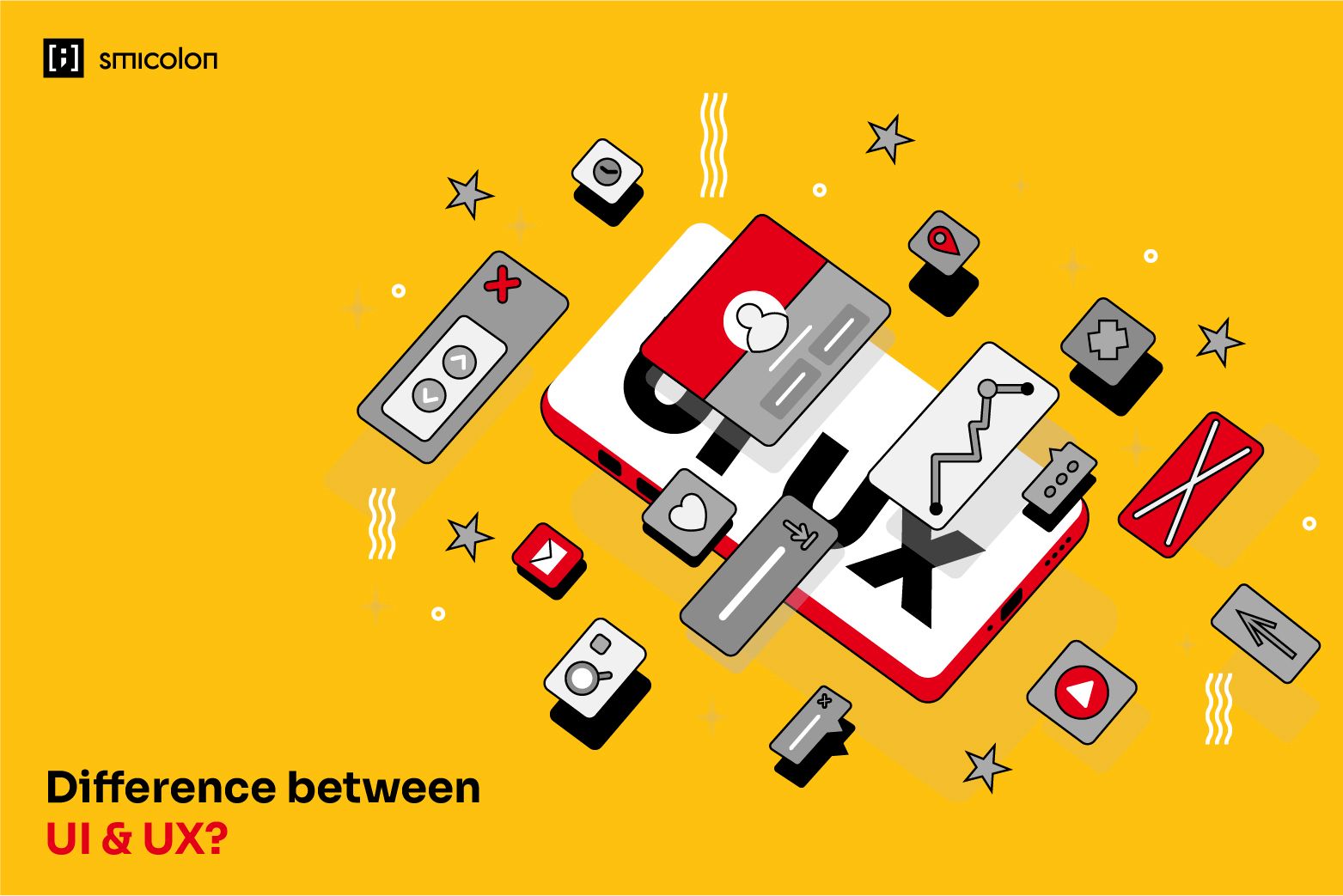Learn more about the difference between user interface (UI) and user experience (UX) design and how they contribute to user satisfaction.
In today's fast-paced world, where people's attention spans are getting shorter and shorter, the design of user interfaces (UI) and user experiences (UX) has become crucial to leaving a lasting impression on customers.
Did you know that 94% of the first impression of a brand website is influenced by its design? A sophisticated and professional design can immediately leave a positive impression on users and lay the foundation for a satisfying user experience. Recent findings from Forrester Research show that well-planned and seamless user experience (UX) design can increase customer conversion rates by up to 400%. Furthermore, 52% of users say they won't revisit a website if it doesn't look good.
As a result, business stakeholders now recognize the importance of UX and UI to the financial success of their online services and products. It is no longer just a competitive advantage, but an essential factor in a company's profitability.
Therefore, UI and UX design are essential disciplines in product design that work together to create a smooth and easy user experience. Although UI and UX are sometimes used interchangeably, they actually refer to different parts of the design process.
In this article, we will discuss the key differences between UI and UX design, their importance in creating a memorable customer experience, and their contribution to user satisfaction.
What is UI design?
UI design refers to everything a user interacts with to use a digital product or service. It includes screens, pages, visual elements such as buttons and icons, keyboards, sounds, and even lights. The UI designer's focus is on the appearance and functionality of a product's visual design.
In the early days of computers, users had to rely on the command line interface, which required programming skills even for simple tasks. However, the development of graphical user interfaces (GUI) revolutionized the way people interacted with computers.
GUI allowed users to enter commands visually via icons, buttons, menus, and checkboxes, making computers more accessible to a wider audience.
Today, UI designers work not only on computer interfaces, but also on mobile phones, augmented and virtual reality, and even “invisible” or screenless interfaces such as voice and gesture recognition.
Their goal is to create visually appealing and intuitive designs that enhance the user's interaction with the product.
What is UX design?
UX design focuses on the overall experience users have when interacting with a product or service. It encompasses every aspect of a user's interaction with a company's products, services, and brand. UX designers seek to understand users' needs, emotions, and behaviors in order to create meaningful and enjoyable experiences.
The term “user experience” was coined by cognitive scientist Don Norman, who defined it as the totality of all aspects of the end user's interaction with a company. UX designers go beyond the visual design of a product and delve deeply into the motivations and goals of users.
To create a positive user experience, UX designers conduct extensive research, analyze user behavior, and iterate designs based on user feedback. They work closely with UI designers, developers, marketers, and product teams to ensure that user needs are considered throughout the design process.

UI vs. UX Design: Breaking Down the Differences
Although UI and UX design are closely related, they have different focuses and areas of responsibility. When comparing UI and UX, it is important to understand the different roles they play in product design. UI design focuses on the visual elements of the product and how users interact with them, while UX design encompasses the entire user experience and aims to create a pleasant and seamless experience.
Solutions vs. aesthetics
UI designers focus primarily on finding solutions to design problems that meet the needs of users. They pay particular attention to the visual aesthetics of the product and ensure that it is visually appealing and functional.
UX designers, on the other hand, take a broader approach and consider how the visual design of the product affects the overall user experience. Their goal is to create designs that evoke specific emotions and behaviors in users.

